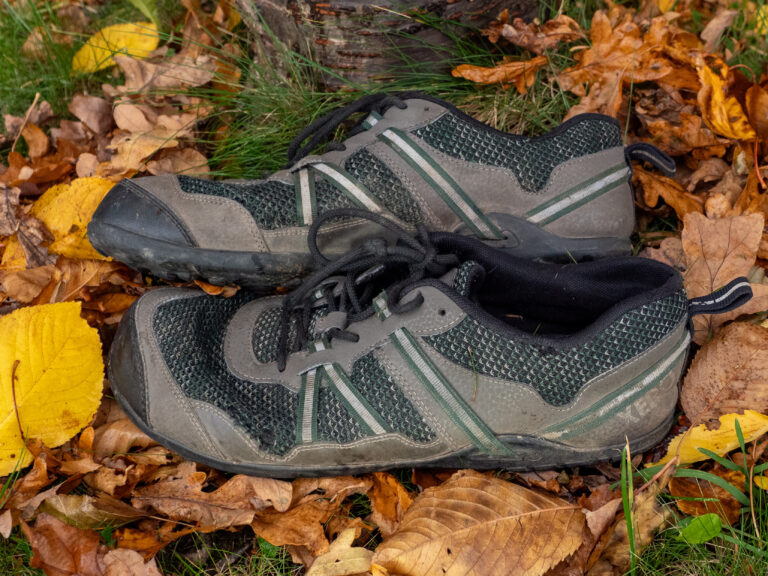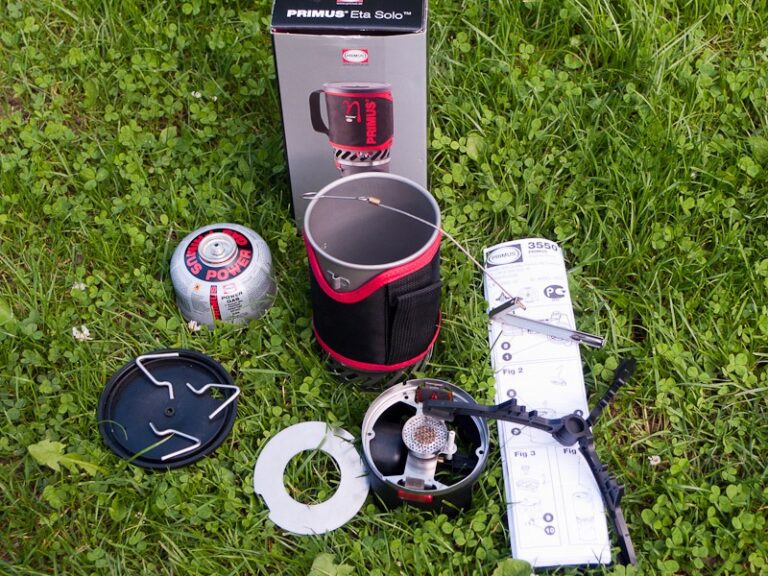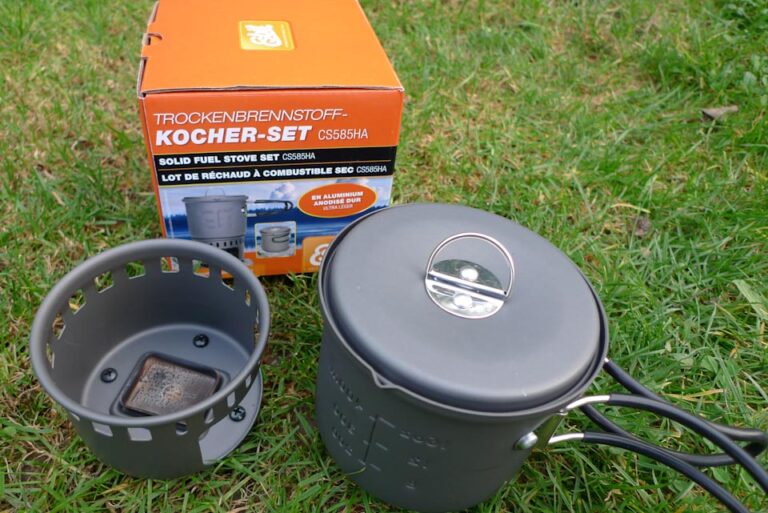Sleeping pads come in all varieties: from hard foam to self-inflating models with foam filling. Which level of comfort you actually need is a matter of taste. However, the R-value of the sleeping pad is indisputably important. Because even the best sleeping bag is useless if the heat is dissipated to the ground by a poorly insulated sleeping pad. But what exactly does the R-value mean and how does it affect the performance of a sleeping pad?
What is the R-value?
The R-value of a sleeping pad refers to the thermal resistance and indicates how effectively the pad or insulating material reduces heat conduction from one side to the other. A higher R-value means improved insulation and therefore more efficient shielding from the cold between the body and the cold surface, such as the ground when camping. Sleeping pads with a higher R-value are therefore generally more suitable for insulating the body from the cold below and increasing sleeping comfort. However, it is important to note that the R-value alone is not sufficient, as some manufacturers may only provide estimated R-values.
How is the R-value measured?
It is important to ensure that the R-value has been measured according to the ASTM F3340-18 standard, which was published in 2018. Not all companies test their sleeping pads according to this standard. It is therefore advisable to check with dealers and manufacturers, especially if it is not clear how the R-value was determined.
The R-value is measured in meters Kelvin per watt (m²-K/W) and indicates how much heat your sleeping pad transfers over a certain area (in square meters) at a temperature difference of 1 Kelvin (or 1 degree Celsius) per watt of power difference. In other words, a higher R-value means better insulation.
According to ASTM F3340-22, the test is performed as follows: Two metal plates are used, one above the insulation mat and the other below. The top plate is 35 degrees Celsius warm to mimic a person’s body temperature, and the bottom plate is 5 degrees Celsius cold to mimic the cold floor. The test measures the amount of energy required to keep the top plate at a constant 35 degrees Celsius. The more energy required, the lower the R-value.
Source: Comments at Section Hiker – For more information, you can at least take a quick look at the paid paper here: Link
If you combine several sleeping mats, you can simply add up the R-values of the sleeping mats.
What R-value should a sleeping pad have?
That depends entirely on what you intend to do. With my NeoAir, which has an R-value of 4.5, I get by fine, even in single-digit sub-zero temperatures when I’m lying in my quilt. If you already know that you will only be traveling in warm temperatures, you can certainly save a few grams of weight. The attached table serves as an approximate guide. Otherwise, an R-value of 5.38 is a good choice. You can find out why in the next section.
| R-value | Temperature range |
|---|---|
| 1,0 | 11°C to 16°C |
| 2,0 | 4°C to 10°C |
| 3,0 | -6°C to 3°C |
| 4,0 | -11°C to -7°C |
| 5,0 | -17°C to -12°C |
| 6,0 | -23°C to -18°C |
How does this affect the sleeping bag?
Sleeping bags are subject to the ISO 23537 standard (formerly known as EN 13537), which specifies the temperature ranges. It was mentioned on the Internet that the tested values according to the ISO standard are only achieved if a sleeping pad with an R-value of 5.38 is placed under the sleeping bag.
However, I found different statements on the Internet:
- Zenbivy speaks of 5
- 5.38 according to Section Hiker and the American online store REI or
- Sea to Summit gives an R-value of 4
- Backacking light speaks of 4.8 in the comments and also in another article on the subject when the ASTM F3340-18 rating was still new
Does anyone have access to this ISO standard and can solve the puzzle for us? Unfortunately, I’m a bit too stingy…
In short, this means
- The R-value should at least have been determined according to ASTM F3340-18. Manufacturers also give estimated values.
- To reach the temperature limit of your sleeping bag, you need an R-value of 5.38 (but perhaps only 4.8)
- If you combine several sleeping pads, the R-value is added together.






